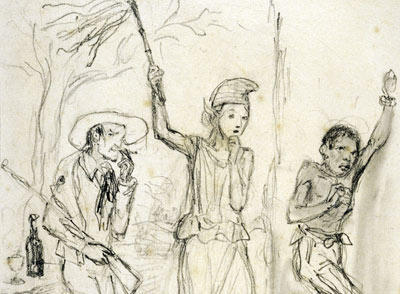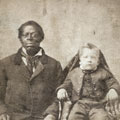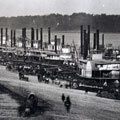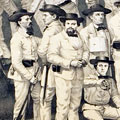A Fragile Union

Time did not heal these wounds but, rather, deepened the abrasions suffered over the issue. Rural and urban populations differed significantly over the economics of labor. Missouri mirrored the national divide between the industrialized North and the agrarian South. St. Louis assumed the identity of a Northern city by utilizing mostly the labor of free people, whereas rural counties depended on enslaved workers as the primary labor force. Immigrants brought their own cultural beliefs about slavery into the state. Half of the population of St. Louis City and County in 1860 had come from Europe, where opinions on slavery were increasingly volatile. Yet St. Louis was a major center for the slave trade in the years leading up to the Civil War. As many as 30 slave dealers were in the city in 1850, although by 1859 only two remained. On the cusp of war St. Louis and indeed the entire state stood on very fragile ground.






